Facts About The Universe

As you likely already have heard or read elsewhere, the universe is big, so big that we don’t even know everything about it, so the best way to learn anything about it is through facts about the universe. These facts are about the universe are a compilation of information and recorded data concerning the universe that real some interesting things most people never knew.
These fun facts about the universe were compiled so that we can extend knowledge of the awesome universe to you too. The universe is so vast it’s extremely difficult to know the full extent of its complexities, here are some intriguing facts for your reading pleasure about the Universe.
Facts About The Universe
- There’s a giant cloud of alcohol in Sagittarius B
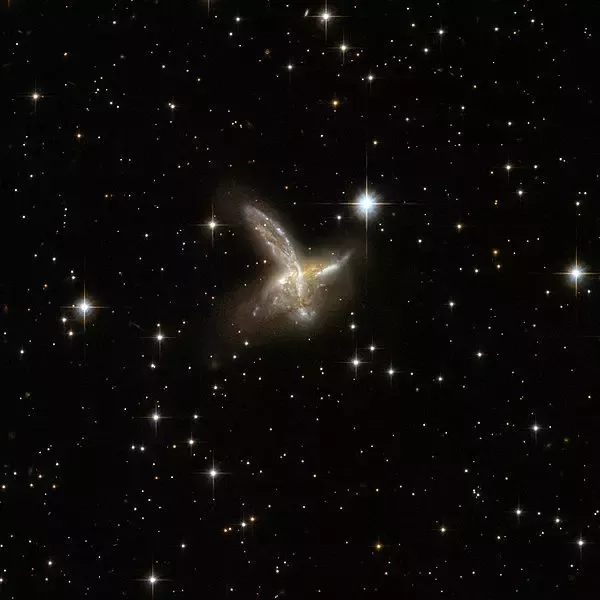
Sagittarius B is a vast molecular cloud of gas and dust floating near the centre of the Milky Way, 26,000 light-years from Earth, 463,000,000,000 kilometres in diameter and, amazingly, it contains 10-billion-billion-billion litres of alcohol. The vinyl alcohol in the cloud is far from the most flavoursome tipple in the universe, but it is an important organic molecule which offers some clues how the first building blocks of life-forming substances are produced.
- The Hubble telescope allows us to look back billions of years into the past.
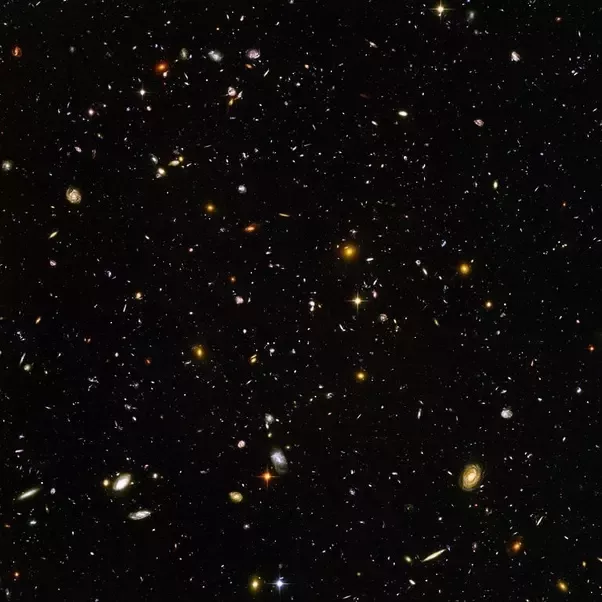
The Hubble Telescope enables us to look towards very distant objects in the universe. Thanks to this remarkable piece of engineering NASA has been able to create some incredible images, one of which is the Hubble Ultra Deep Field. Created using images from the telescope from 2003 and 2004, the incredible picture displays a tiny patch of the sky in immense detail; it contains 10,000 objects, most of them young galaxies, and acts as a portal back in time. In one picture we are transported 13 billion years into the past, just 400 to 800 million years after the Big Bang, which is early in terms of the universe’s history.
- It takes 225 million years for our Sun to travel round the galaxy.
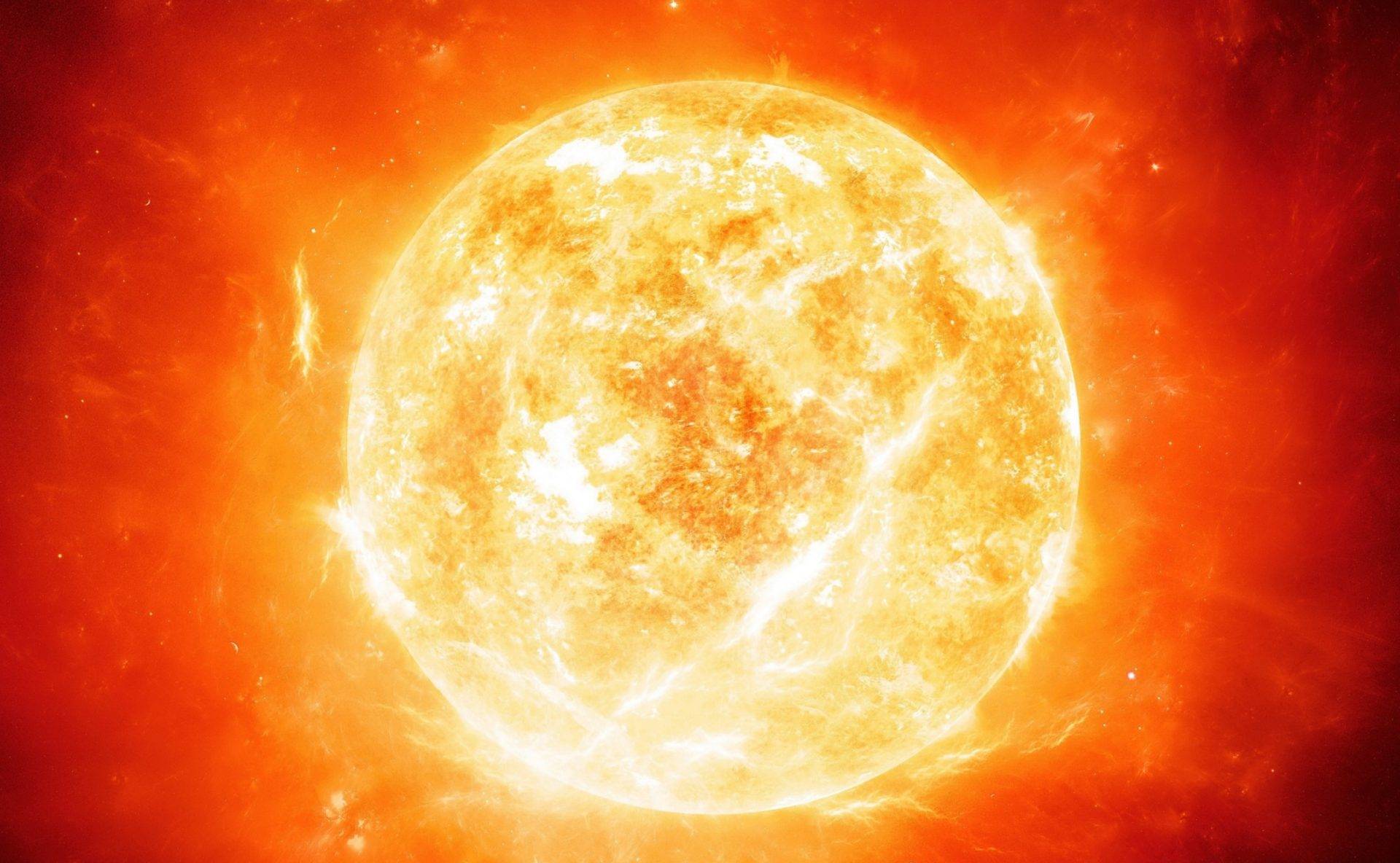
Whilst the Earth and the other planets within our solar system orbit around the Sun, the Sun itself is orbiting around the centre of our galaxy, the Milky Way. It takes the Sun 225 million years to perform a complete circuit of the galaxy. The last time the Sun was in its current position in the galaxy the super-continent Pangaea was just about starting to break apart and early dinosaurs were making an appearance.
- A year on Venus is shorter than its day.
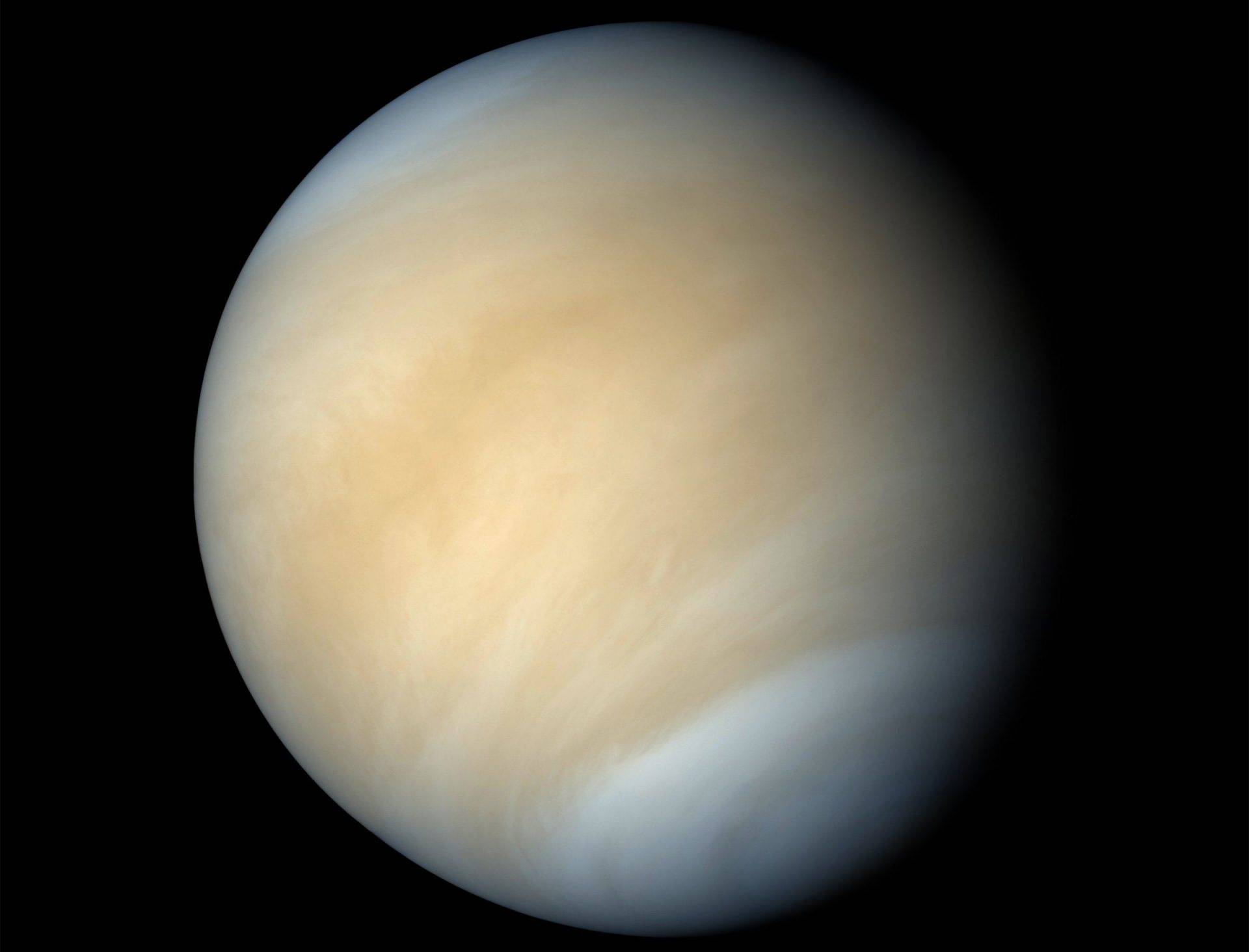
Venus is the slowest rotating planet in our Solar System, so slow it takes longer to fully rotate than it does to complete its orbit. This means Venus has days that last longer than its years. It’s also home to one of the most inhospitable environments imaginable, with constant electronic storms, high CO2 readings, and it’s shrouded by clouds of sulfuric acid.
- The Voyager 1 spacecraft is the most distant human-made object from Earth.
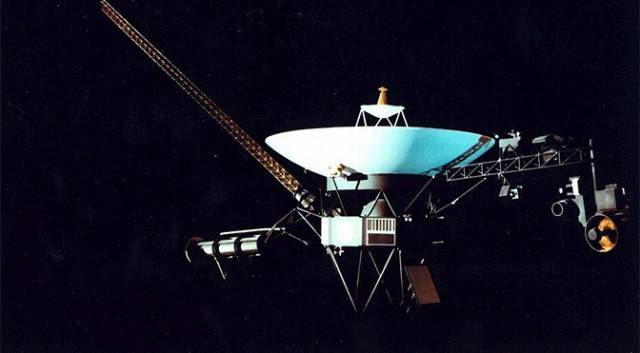
The Voyager Program launched two spacecraft, Voyager 1 and Voyager 2, in 1977. The probes explored the planets and moons of the outer Solar System over several decades and are now continuing their mission to travel through the heliosphere at the edge of our Solar System and continue to voyage into interstellar space.
On March 20 2013, Voyager 1 became the first human-made object to leave the Solar Sytem and is now the furthest human-made object from Earth, currently 124.34 Astronomical Units away. In laymen terms, this means it’s around 1.15581251×1010 miles away. Putting it mildly this is a long way from home
- Scientists are looking for evidence of extraterrestrial life on Earth
The Search for Extra-Terrestrial Intelligence (SETI) is a project to discover whether intelligent life exists elsewhere in the universe and how we may contact extraterrestrial species. The search includes looking for life on other planets and moons. For instance, some of Jupiter’s moons (such as Io) are promising places to look for evidence of primitive life, but the search for extraterrestrial life includes scientific research on Earth.
If scientists can disocver evidence life has generated independently more than once it would suggest life could occur in more than one place, for more than one time. For this reason scientists are searching for evidence that life could have happened more than once on earth, with intriguing prospects for the universe as a result.
- There are probably more than 170 billion galaxies in the observable universe.
Different calculations provide different numbers for how many galaxies there are in the observable universe – that is the part of the universe we can see from Earth with our current technology, there maybe many more but they are simply to far away for our telescopes to detect. Using data from the Hubble Telescope astronomers have calculated there are likely to be around 170 billion galaxies in the observable universe.
- It is estimated there are 400 billion stars in our galaxy.
Our Sun is essential to us, the centre of our Solar System, and our source of light and energy, but it is just one of many, many stars that make up our home galaxy, the Milky Way. Current estimates suggest there are around400 billion stars sharing our galaxy. The artist’s concept above shows what a a dust disk around a baby star could well look like
- There could be 500 million planets capable of supporting life in our galaxy.
Scientists searching for extraterrestrial life focus on “Goldilocks Planets“; these are planets which fall into a star’s habitable zone. Planet Earth seems to have exactly the right conditions for life to exist – its distance from the Sun means the temperature is right, water can exist as a liquid solid and a gas, and there are the right combination of chemical compounds available to build complex life forms. Other planets thought to have similar features are known as Goldilocks planets.
In the Milky Way alone there are estimated to be 500 million potential Goldilocks planets, so if life can exist in places other than Earth there is a huge number of potential planets on which it might thrive. If these numbers are applied to all the galaxies in the universe there could be a staggering variety of planets capable of supporting life. Of course, we have no evidence life exists elsewhere, but if it does there are plenty of places for it to set up home.
Some of the weirdest WTF facts.
- When you look into the night sky, you are looking back in time.
The stars we see in the night sky are very far away from us, so far the star light we see has taken a long time to travel across space to reach our eyes. This means whenever we look out into the night and gaze at stars we are actually experiencing how they looked in the past. For example, the bright star Vega is relatively close to us at 25 light-years away, so the light we see left the star 25 years ago; while Betelgeuse (pictured) in the constellation of Orion is 640 light-years away, so the light left the star around 1370, during the time of the Hundred Years’ War between England and France. Other stars we see are further away still, so we are seeing them much deeper in their past.
- You can watch the Big Bang on your television.
Cosmic background radiation is the afterglow and heat of the Big Bang, the momentous event that kick-started our universe 13.7 billion years ago. This cosmic echo exists throughout the universe, and amazingly we can use an old-fashioned television set to catch a glimpse of it. When a television is not tuned to a station you can see the black and white fuzz and clacking white noise, around 1% of this interference is made up cosmic background radiation – the afterglow of creation.
- There’s a planet-sized diamond in Centaurus named after a Beatles song
Astronomers have discovered the largest known diamond in our galaxy, it’s a massive lump of crystallised diamond called BPM 37093, otherwise known as Lucy after The Beatles’ song Lucy in the Sky with Diamonds. Found 50 light-years away in the constellation of Centaurus, Lucy is about 25,000 miles across, so much larger then planet Earth, and weighs in at a massive 10 billion-trillion-trillion carats.
- Our solar system’s biggest mountain is on Mars.
Olympus Mons on Mars is the tallest mountain on any of the planets of the Solar System. The mountain is a gigantic shield volcano (similar to volcanoes found in the Haiiwain Islands) standing at 26 kilometres tall and sprawling 600 kilometres across. To put this into scale, this makes the mountain almost three times the height of Mount Everest.
- Uranus spins on its side, with some rather strange results.
Most of the planets in the Solar System spin on an axis similar to the Sun’s; slight tilts in a planet’s axis causes seasons as different parts become slightly closer or further from the sun during their orbit. Uranus is an exceptional planet in many ways, not least because it spins almost completely on its side in relation to the Sun. This results in very long seasons – each pole gets around 42 Earth years of continuous summer sunlight, followed by a wintry 42-year period of darkness. Uranus’s northern hemisphere enjoyed its last summer solstice in 1944 and will see in the next winter solstice in 2028.
- Neutron stars are the fastest spinning objects known in the universe.
Neutron stars are thought to be the fastest spinning objects in the universe. Pulsars are a particular type of neutron star that emits a beam of radiation which can be observed as a pulse of light as the star spins. The rate of this pulse allows astronomers to measure the rotation.
The fastest spinning known pulsar is the catchily-titled PSR J1748-2446ad, which has an equator spinning at 24% the speed of light, which translates to over 70,000 kilometres per second. An artist’s impression of what this must look like is pictured above.
- A spoonful of a neutron star weighs about a billion ton.
Neutron stars spin incredibly quickly and are also incredibly dense. It is estimated, if you could collect a tablespoon of matter from the centre of a neutron star, it would weigh about one billion tons.
- Voyager 1 captured the most distant photograph of Earth.
In 1990, as part of the spacecraft’s ongoing mission, Voyager 1 turned its camera back on our home planet and took a picture. This became known asThe Pale Blue Dot. Seen from 6 billion kilometres away, the Earth appears as a tiny blue speck in the depths of space. Astronomer Carl Sagan, who first suggested the idea of the photograph, noted, “From this distant vantage point, the Earth might not seem of any particular interest. But for us, it’s different. Consider again that dot. That’s here. That’s home. That’s us.”
- There could be an infinite number of universes.
This is more speculative theory than a fact, but several branches of mathematics, quantum mechanics, and astrophysics have all come to similar conclusions: our universe is just one of many and we actually exist in a ‘multiverse’.
There are different ideas of how this could be, one being the concept of atoms only capable of being arranged in a finite number of ways in time and space, ultimately leading to the repititon of events and people. Other theories propose bubble or parallel universes and ‘braneworlds’ that hover just out of reach of the dimensions we experience. Although these concepts seem like the far-fetched ideas of science-fiction, they are actually proving to be the most elegant solutions to problems thrown up by our discoveries of how the universe works
- We are all made of stardust
This may sound fanciful, but the reality is almost every element found on Earth was created in the burning core of a star, all the stuff that makes up life on Earth, therefore our bodies are made from stardust. NASA have studied stardust extensively, and you can read more about their research on their official website. A NASA stardust canister is pictured above.
In the words of Carl Sagan, “The nitrogen in our DNA, the calcium in our teeth, the iron in our blood, the carbon in our apple pies were made in the interiors of collapsing stars. We are made of starstuff.”
- The human brain is the most complex object in the known universe.
Our brains are remarkably complex objects with a hundred billion neurons, a quadrillion connections, and we still know very little about how this organic super computer operates. But we do know the human brain is the most complicated thing we have yet discovered. It gives us the power to form language and culture, consciousness, the idea of self, the ability to learn, and understand the universe and reflect on our place within it. We even have an inbuilt “model of gravity“, which is pretty useful.
- The Earth is not flat – but the Universe is.
Based on Einstein’s Theory of General Relativity, there are three possible shapes that the Universe may take: open, closed, and flat. Once again, measurements by WMAP on the CMBR have revealed a monumental confirmation – the Universe is flat.
Combining this geometry and the idea of an invisible entity known as dark energy coincides with the widely accepted ultimate fate of our universe, which as stated earlier, is a Big Freeze.
- There is no such thing as the Universe’s center.
Nope. The earth is not the center of the Universe. It’s not even the center of the galaxy. And no again, our galaxy is not the entire universe, neither is it the center. Don’t hold your breath but the Universe has no center. Every galaxy is expanding away from one another.
- The Universe will be cold when it grows old
Observations made especially on galaxies farthest from us show that the Universe is expanding at an accelerated rate. This, and data that show that the Universe is cooling allows us to believe that the most probable ending for our universe is that of a Big Freeze.
That is, it will be devoid of any usable heat (energy). It is due to this prediction that the Big Freeze is also known as the Heat Death. Accurate measurements made by the Wilkinson Microwave Anisotropy Probe (WMAP) on the current geometry and density of the Universe favor such an ending.
- The Universe spans a diameter of over 150 billion light years
Current estimates as with regards to the size of the Universe pegs it at a width of 150 billion light years. Although it may seem peculiarly inconsistent with the age of the Universe, which you’ll read about next, this value is easily understood once you consider the fact that the Universe is expanding at an accelerated rate.
- The Universe is 13.7 billion years old
If you think that is amazing, perhaps equally remarkable is the fact that we know this to better than 1% precision. Credit goes to the WMAP team for gathering all the information needed to come up with this number. The information is based on measurements made on the CMBR.
Older methods which have contributed to confirming this value include measurements of the abundances of certain radioactive nuclei.
We have come to the conclusion of facts about universe our neighbourhood in space. Just as the universe is very huge so are the list of facts about it, the list of things to know and learn about the universe is endless simple because the universe itself is an endless place. Don’t hesitate to share these facts about the universe with your friends that want to learn something new today.



